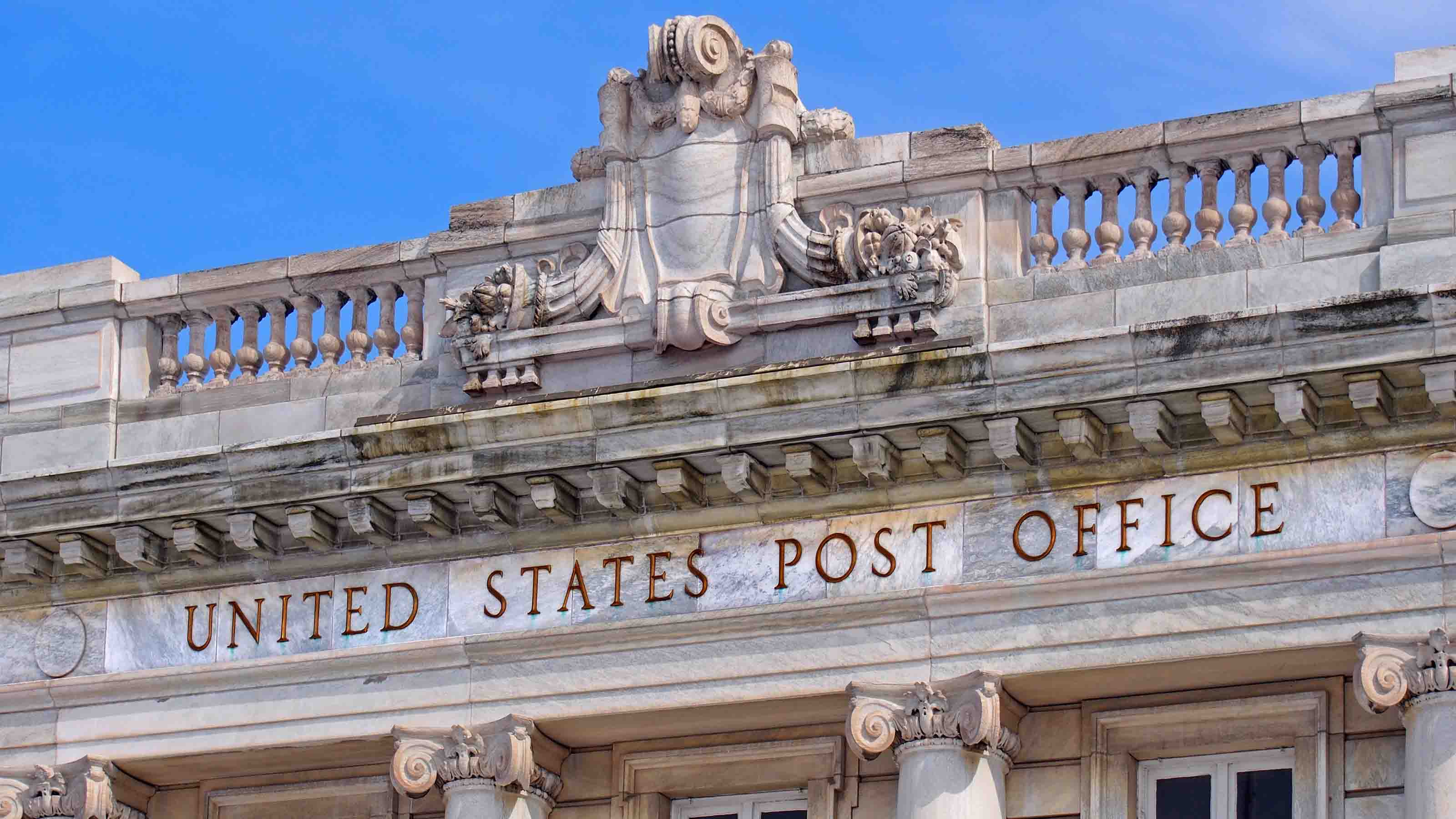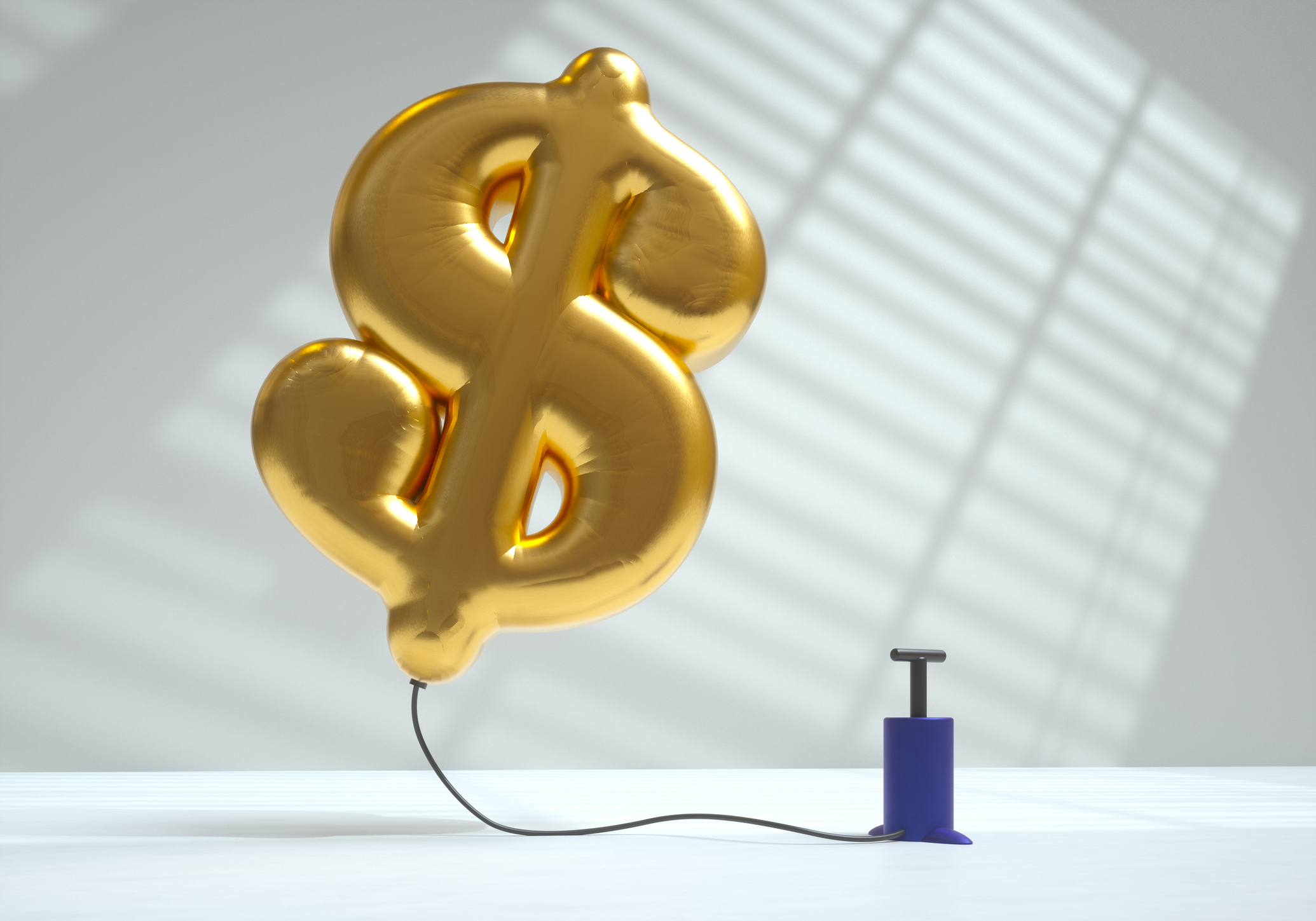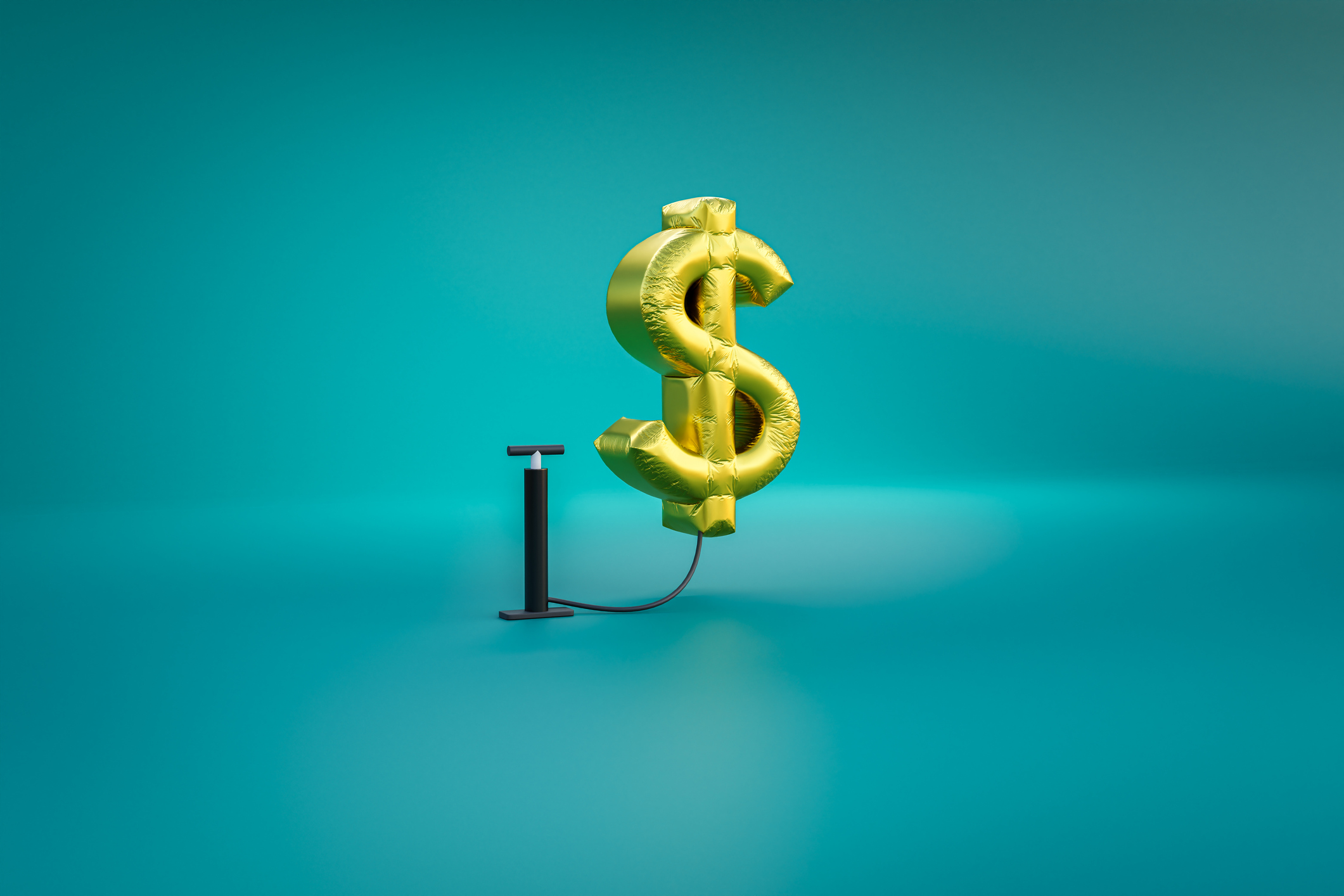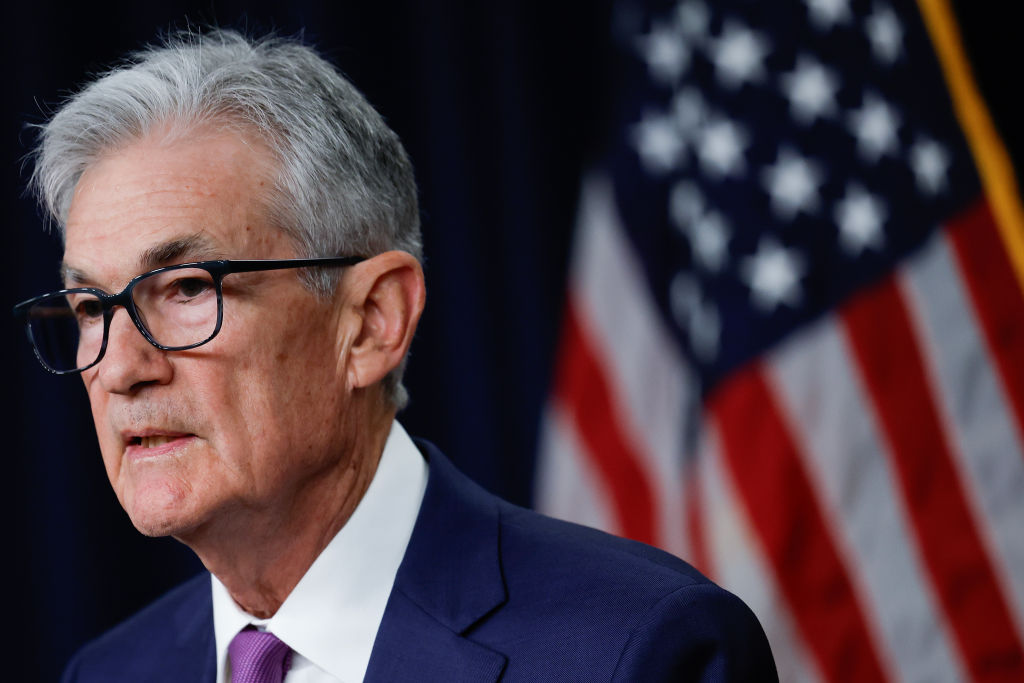
The U.S. Postal Service began offering expanded financial services in a handful of cities last fall, a potential first step toward a return to postal banking. In a pilot program, select Postal Service locations in four cities—Washington, D.C.; Falls Church, Va.; Baltimore; and the Bronx, in New York City—are offering services including check cashing, bill paying, ATM access, and expanded money orders and wire transfers. For example, customers can cash payroll or business checks of up to $500 and put the money onto a gift card.
According to the Federal Reserve, about 63 million Americans are under- or unbanked, meaning they do not have regular access to commercial banking and instead typically rely on high-fee options such as check-cashing outlets, money orders and prepaid cards. The USPS, which has more than 34,000 locations, could help close that gap. Advocates for postal banking see an opportunity for the Postal Service to provide access to an essential financial system while bolstering its own economic position. The USPS Office of the Inspector General reported that fees for financial services, even if set at a low cost, would bring in nearly $9 billion a year if 10% of those who are currently underbanked use the service.
It would require an act of Congress to reestablish postal banking beyond the services available in the pilot program. Progressive members of Congress have supported legislation that would reestablish postal banking. For example, Sen. Kirsten Gillibrand (D-N.Y.) has proposed the Postal Banking Act, legislation that would create a postal bank to provide low-cost basic financial services to people who do not have access, or have limited access, to America’s banking system. But Sen. Ted Cruz (R-Texas) and 18 Senate colleagues recently signed a letter opposing the idea.
From just $107.88 $24.99 for Kiplinger Personal Finance
Become a smarter, better informed investor. Subscribe from just $107.88 $24.99, plus get up to 4 Special Issues

Sign up for Kiplinger’s Free Newsletters
Profit and prosper with the best of expert advice on investing, taxes, retirement, personal finance and more - straight to your e-mail.
Profit and prosper with the best of expert advice - straight to your e-mail.
The idea of banking at the post office isn’t new: Congress passed legislation to establish the Postal Savings System in 1910. It was designed to encourage working people and immigrants to use the banking system. The program started in 1911, and by 1947, deposits in the system had peaked at $3.4 billion. In the 1960s, deposits declined as more consumers turned to banks. In 1966, the Postal Service began to phase out the program.
Profit and prosper with the best of Kiplinger's advice on investing, taxes, retirement, personal finance and much more. Delivered daily. Enter your email in the box and click Sign Me Up.
-
 Introducing Your CD's Edgier Cousin: The Market-Linked CD
Introducing Your CD's Edgier Cousin: The Market-Linked CDTraditional CDs are a safe option for savers, but they don't always beat inflation. Should you try their counterparts, market-linked CDs, for better returns?
-
 'Humbug!' Say Consumers, Despite Hot GDP: Stock Market Today
'Humbug!' Say Consumers, Despite Hot GDP: Stock Market Today"The stock market is not the economy," they say, but both things are up. Yet one survey says people are still feeling down in the middle of this complex season.
-
 The SEC Is Concerned for Older Investors and Retirement Savers. Here's What You Should Know
The SEC Is Concerned for Older Investors and Retirement Savers. Here's What You Should KnowThe SEC focusing on older investors, retirement and college savers, and private securities. Here's how those changes impact you.
-
 9 Types of Insurance You Probably Don't Need
9 Types of Insurance You Probably Don't NeedFinancial Planning If you're paying for these types of insurance, you may be wasting your money. Here's what you need to know.
-
 The November CPI Report Is Out. Here's What It Means for Rising Prices
The November CPI Report Is Out. Here's What It Means for Rising PricesThe November CPI report came in lighter than expected, but the delayed data give an incomplete picture of inflation, say economists.
-
 The Delayed September CPI Report is Out. Here's What it Signals for the Fed.
The Delayed September CPI Report is Out. Here's What it Signals for the Fed.The September CPI report showed that inflation remains tame – and all but confirms another rate cut from the Fed.
-
 Banks Are Sounding the Alarm About Stablecoins
Banks Are Sounding the Alarm About StablecoinsThe Kiplinger Letter The banking industry says stablecoins could have a negative impact on lending.
-
 What Will the Fed Do at Its Next Meeting?
What Will the Fed Do at Its Next Meeting?The Federal Reserve is set to resume its rate-cutting cycle at the next Fed meeting.
-
 Amazon Resale: Where Amazon Prime Returns Become Your Online Bargains
Amazon Resale: Where Amazon Prime Returns Become Your Online BargainsFeature Amazon Resale products may have some imperfections, but that often leads to wildly discounted prices.
-
 May Fed Meeting: Updates and Commentary
May Fed Meeting: Updates and CommentaryThe May Fed meeting came and went with little fanfare as Fed Chair Powell & Co. stuck to their data-dependent script toward interest rates amid tariff uncertainty. The May Fed meeting came and went with little fanfare as Fed Chair Powell & Co. stuck to their data-dependent script toward interest rates amid tariff uncertainty.
-
 What Does Medicare Not Cover? Eight Things You Should Know
What Does Medicare Not Cover? Eight Things You Should KnowMedicare Part A and Part B leave gaps in your healthcare coverage. But Medicare Advantage has problems, too.